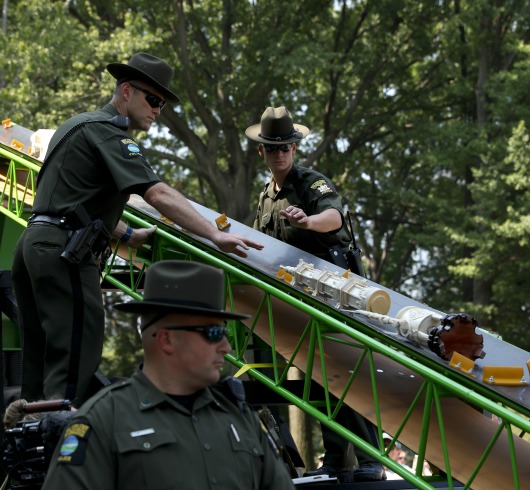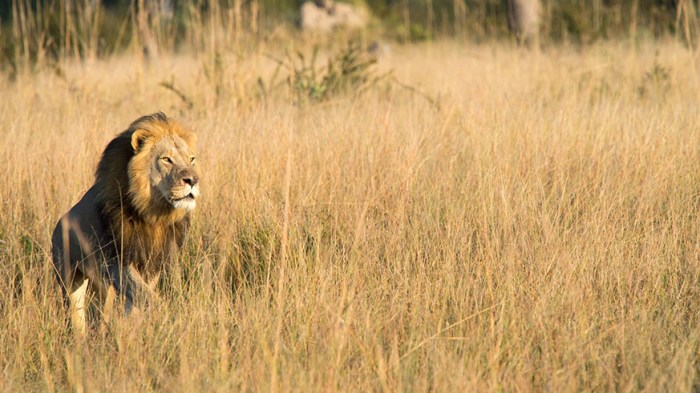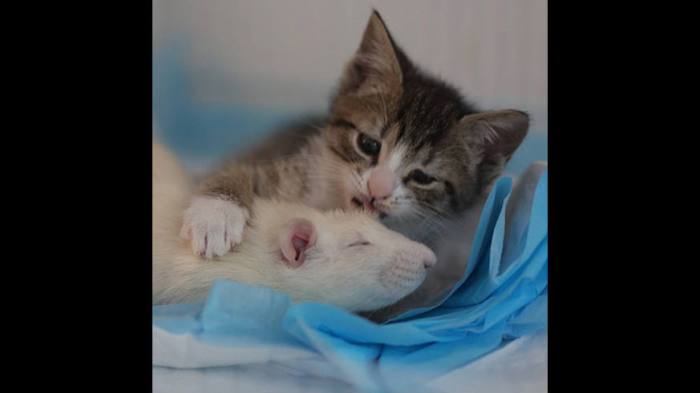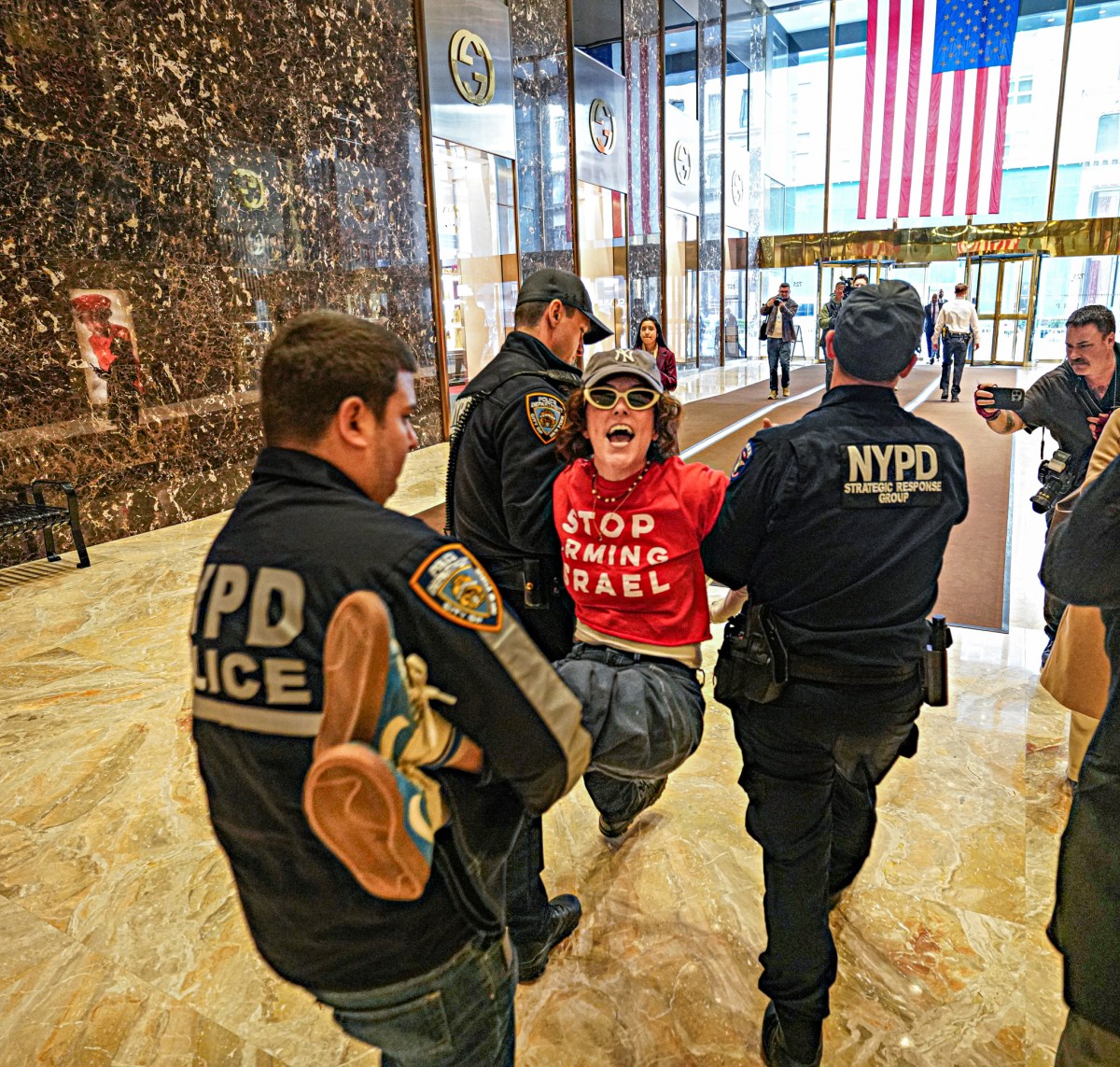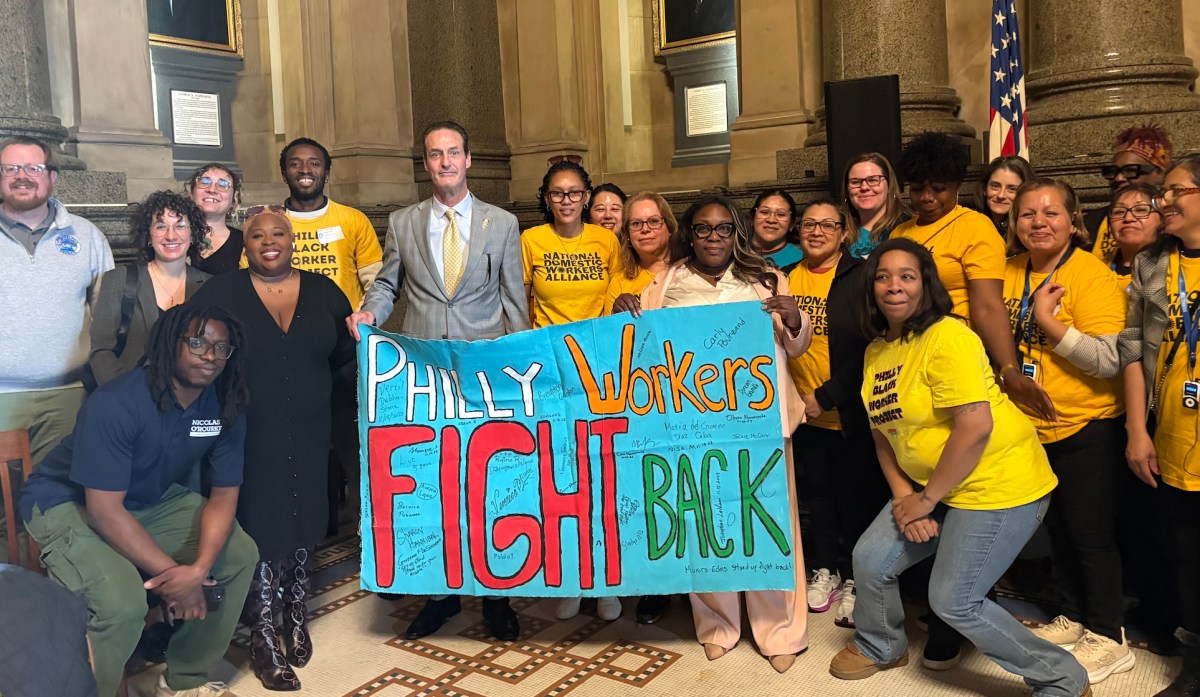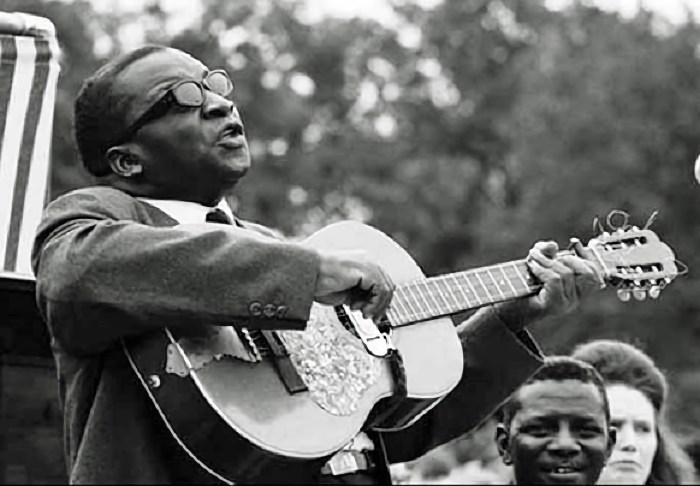You’ve heard of Uptown girls, but what about Uptown rats?
Apparently, rats that live Uptown and Downtown in New York City have distinct genetic differences, according to a new paper out of Fordham University.
Matthew Combs, a PhD student at Fordham, is writing his dissertation about the ecology and evolution of the urban rat population. His paper, recently accepted for publication, was the result of two years of work trapping and collecting DNA samples from more than 200 rats all over Manhattan.
It’s important to study rats, he said, to learn how humans and the way a city works affects them. Understanding that can lead to better ways to manage their population here.
Combs and his colleagues had three questions they hoped to answer with their research: How far do rats move around the city from where they are born? Do rats in different areas of Manhattan have different genetics? And where did New York’s rats come from in the first place?
Even though rats are practically synonymous with New York, they’re actually an invasive species. Combs thought that maybe Manhattan’s rat population would show rats from all over the world, since the city is a center for immigration and trade.
“It turns out, all the rats we sequenced came from Western Europe, descended from a lineage of rats that likely came here when New York was a colony,” he said. “Rats first arrived in New York City between 1750 and 1770… and they’ve basically stayed with us. As the city spread north, so did they.”
But even though all New York’s brown rats are from Western Europe, they show genetic differences in certain parts of the city, because small genetic mutations happen with every generation.
“We found that most rats will actually stay within 200 to 400 meters of their colony,” Combs said. “Ninety percent of rats really don’t move very far from where they were born, usually because that’s a great spot with lots of resources, which is why they were born there in the first place.”
Combs said that maybe 10 percent of rats venture away from their colony, jumping across a block or through a park. As they move, they bring their genetic information with them, which is how he was able to identify unique rat population “clusters” in different neighborhoods.
Most distinct among those were the Uptown and Downtown rats.
“We kept pulling apart two sub-populations within Manhattan,” Combs said. “To us it was clear that there [were] less rats making the jump generation by generation across Midtown, likely because Midtown has less habitable spaces for rats.”
For his field work, Combs started in Inwood and basically walked south, looking for signs of burrows. He worked with the city to get trapping permits and set up lethal traps — “These are dead rats we were working with, because the city didn’t really want us to let them go,” Combs said — and took a small piece of each rat’s tail back to the lab to study.
The process opened his eyes to rats in more than one way, he said.
“Rats are obviously very cryptic. They’re not easily seen unless in a subway tunnel and not very much is known about their ecology and biology in cities,” Combs said. “Once you know what to look for, though, you definitely see them more often.”


